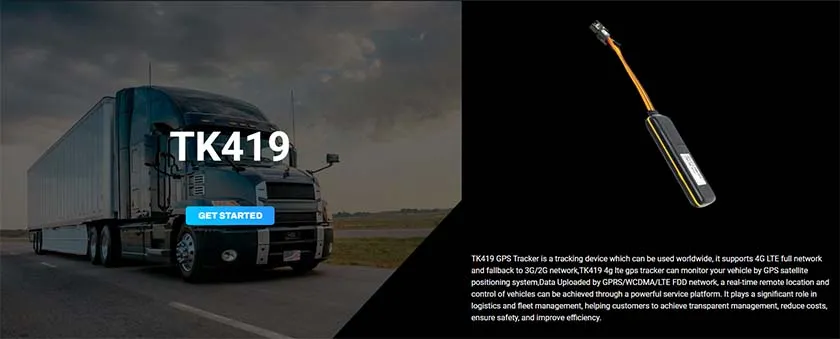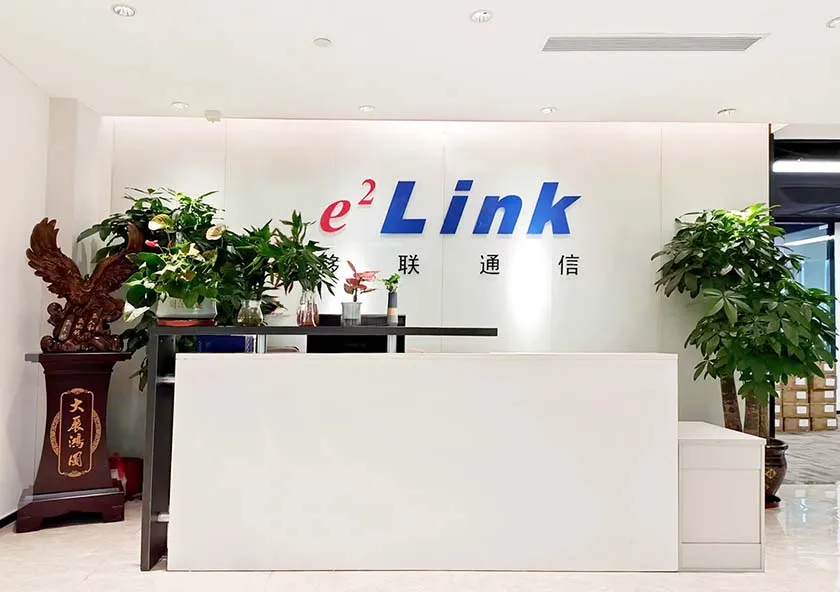1. Demand Analysis and System Planning
In cold chain logistics, temperature and humidity control directly impact the quality of goods during transportation, especially for temperature-sensitive items like pharmaceuticals and fresh foods. The design of a cold chain temperature and humidity monitoring system must ensure real-time monitoring, accurate data, stable transmission, and timely alarm response. These requirements not only demand robust data collection capabilities but also necessitate reliable operation in harsh environments, as well as the ability to meet user needs for historical data query, analysis, and remote control.

1.1 Real-Time Monitoring Requirements
During cold chain logistics, fluctuations in temperature and humidity can directly lead to spoilage of goods. Therefore, real-time monitoring is a core requirement of the system design. The monitoring system must be capable of collecting temperature and humidity data at second-level intervals and providing timely alarms when anomalies occur to prevent cargo loss.

1.2 Data Accuracy and Transmission Stability
The accuracy of temperature and humidity data is critical to the system’s effectiveness. The system needs to use high-precision temperature and humidity sensors to ensure data accuracy. At the same time, data transmission stability is also an important criterion. Particularly during vehicle movement, the system must rely on stable wireless communication technologies (such as GPRS/4G/5G) to ensure continuous data transmission.
1.3 Historical Data Query and Analysis
To analyze temperature and humidity changes during transportation, the system should support large-capacity data storage and allow for easy historical data retrieval. Additionally, the system should provide data analysis functions, displaying temperature and humidity trends in charts or graphs to help users evaluate temperature control during the transport process.

1.4 Remote Control and Alarm Response
The system should have remote control capabilities, allowing management personnel to view and manage cold chain transport conditions in real time via a remote platform. Additionally, when temperature or humidity anomalies occur, the system should support multiple alarm mechanisms, such as SMS, email, and platform notifications, ensuring that issues are addressed promptly.
2. Equipment Selection and Configuration
In a cold chain temperature and humidity monitoring system, the selection and configuration of equipment are critical as they directly affect system stability and functionality. The following are suggestions for the selection and configuration of key system components.

2.1 Temperature and Humidity Sensors
Temperature and humidity sensors are the core components of the entire system. The selected sensors should have the following features:
– High Precision and Wide Measurement Range: To meet different cargo temperature control requirements, sensors should have a wide measurement range (e.g., -30°C to +60°C) and high

The design of a cold chain temperature and humidity monitoring system should start with demand analysis and system planning, ensuring the system has real-time monitoring, accurate data transmission, remote control, and historical data analysis capabilities. In terms of equipment selection, choosing high-precision temperature and humidity sensors, stable data transmission modules, and efficient power management systems is key. Through reasonable design and configuration, a reliable temperature and humidity monitoring system can be provided for cold chain logistics, ensuring the quality and safety of goods during transportation.
